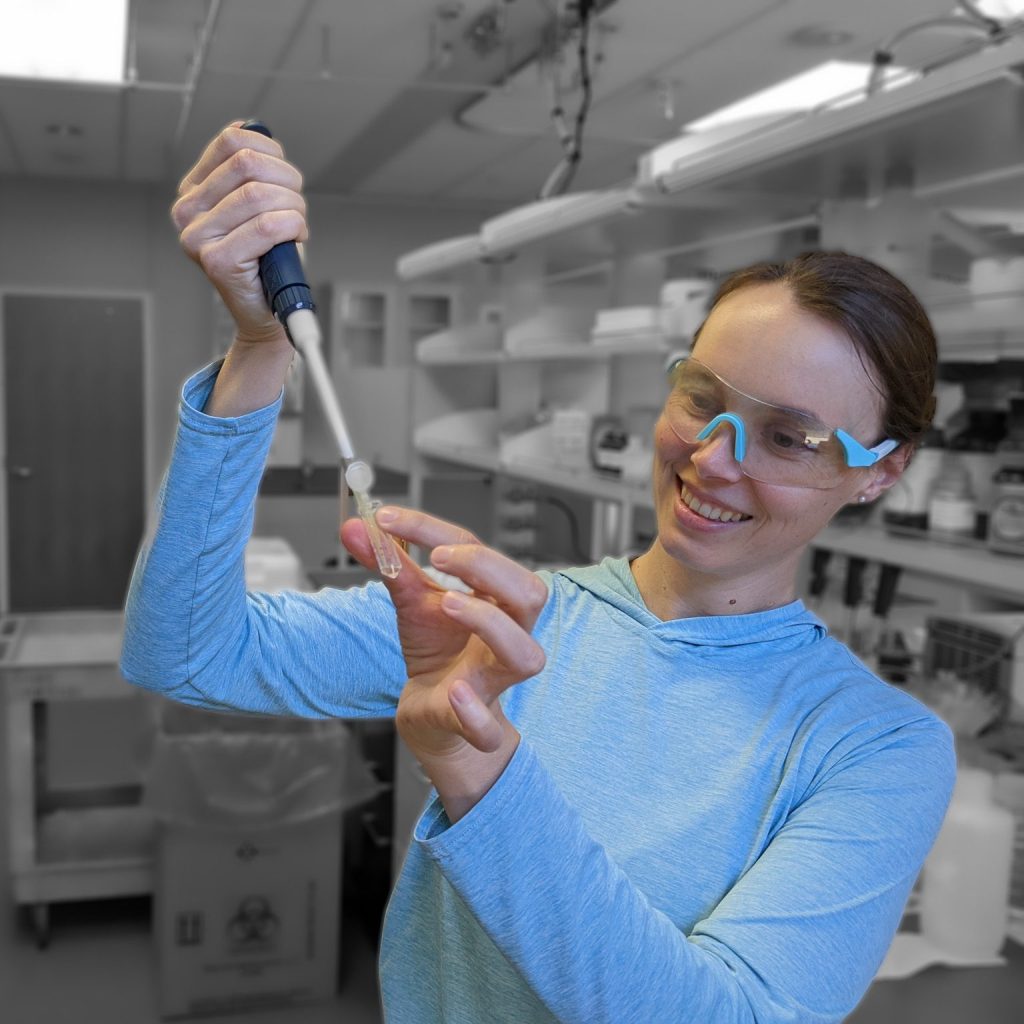Research Assistant Professor
Dr. Rasmussen is a geoscientist specializing in isotope geochemistry and geobiology, with current work focused on developing new methods in position-specific isotope analysis.
INTERESTS
Geochemistry, geobiology
ACADEMICS
Ph.D., University of Utah, 2018
M.Sc., University of Munich, 2013
B.Sc., University of Munich, 2010
SKILLS AND TRAININGS
Stable isotope analysis using nuclear magnetic resonance spectroscopy and isotope ratio mass spectrometry, with a primary focus on position-specific isotope analysis of organic carbon; additional experience with radiogenic isotopes, including Zircon U-Pb (LA-ICP-MS, CA-TIMS).

